Mochi: The Irresistible Emblem of Japanese Culinary Heritage
Nestled within the vibrant heart of Japanese gastronomy lies an understated yet remarkable treasure: Mochi. For those who have yet to embark on a culinary journey to Japan, “Mochi” may simply sound like another dish among the nation’s rich tapestry of flavors. However, for travelers, foodies, and those seeking the authentic spirit of Japanese culture, Mochi is a gateway—a sensorial experience like no other. At Yoshida Hotel, we believe that exploring cuisine is an essential component of immersive travel. Join Yoshida Hotel in delving into the world of Mochi, its remarkable legacy, sensory pleasures, and its pivotal role in the Japanese way of life.
Mochi and Its Cultural Magic: A Journey into Japan’s Soul
What Is Mochi? Tradition Meets Taste
Mochi is a Japanese rice cake made from glutinous rice, laboriously pounded into a chewy, smooth paste, and shaped into soft rounds. Though humble in appearance, the history and cultural resonance of Mochi elevate it far beyond a simple snack. It is a symbol of celebration, renewal, and gratitude, cherished in festivals and daily life alike.
The process of making Mochi, known as “mochitsuki,” is a festive social event where families, neighbors, and artisans gather to pound steamed rice into the characteristic soft texture. This ritual connects generations and preserves the continuity of Japanese tradition, especially around New Year’s, when Mochi graces every table.

The Significance of Mochi in Japanese Festivals
No other culinary creation is as deeply intertwined with Japanese celebrations as Mochi. During the New Year—Oshogatsu—Mochi finds its most profound expression, adorning altars as Kagami Mochi, a decorative stack of cakes presented as offerings to ancestral spirits. Mochi is savored in ozoni soup, a festive new year dish, and often exchanged as a token of good fortune for the year ahead.
Beyond the New Year, Mochi is a star feature in events such as Hinamatsuri (Doll Festival), Children’s Day, and a multitude of local harvest festivals. Each occasion unveils a unique form or regional twist on the classic, making Mochi a living symbol of the Japanese calendar.
The Fascinating World of Mochi Varieties
Exploring Regional Delicacies: Mochi Unwrapped
Mochi’s versatility is reflected in the immense variety of forms it assumes across different regions of Japan. Travelers with adventurous palates find endless allure in sampling regional specialties, each with distinctive flavors, fillings, and textures.
In Kyoto, elegant “Yatsuhashi” offers a blend of cinnamon and red bean encased in thin, triangular Mochi sheets. Hiroshima delivers “Momiji Manju,” combining the chewy delight with maple-shaped cakes and delicious fillings. In the snowy north of Tohoku, “Zunda Mochi” entices with smashed edamame paste, a perfect harmony of sweetness and earthy flavor.

Sweet and Savory: The Many Expressions of Mochi
Mochi’s charm is not confined to the sweet domain. While the most iconic forms include dainty “Sakura Mochi,” wrapped in pickled cherry leaves, or “Ichigo Daifuku,” bursting with fresh strawberries and red bean paste, savory iterations also enchant.
“Isobe Maki” involves warm Mochi rolled in nori seaweed and bathed in soy sauce, while “Ozoni” soup showcases Mochi immersed in delicate seasonal broths, drawing on local vegetables and miso for regional variety.
The Art of Making Mochi: Tradition, Tools, and Time
Mochitsuki: More Than a Culinary Craft
Creating Mochi through mochitsuki isn’t just a cooking method—it’s a cultural event, setting the rhythm for family bonding and community spirit. Traditionally, soaked glutinous rice is steamed, then transferred to a stone or wooden mortar called an “usu.” Two participants alternate, one pounding with a heavy wooden mallet (“kine”) while another deftly turns and kneads the rice, all in carefully synced harmony.
The process requires strength, rhythm, and trust—a true metaphor for harmony and collective endeavor in Japanese society. For visitors at Yoshida Hotel eager to witness or even partake in such a ceremony, the spectacle is unforgettable.
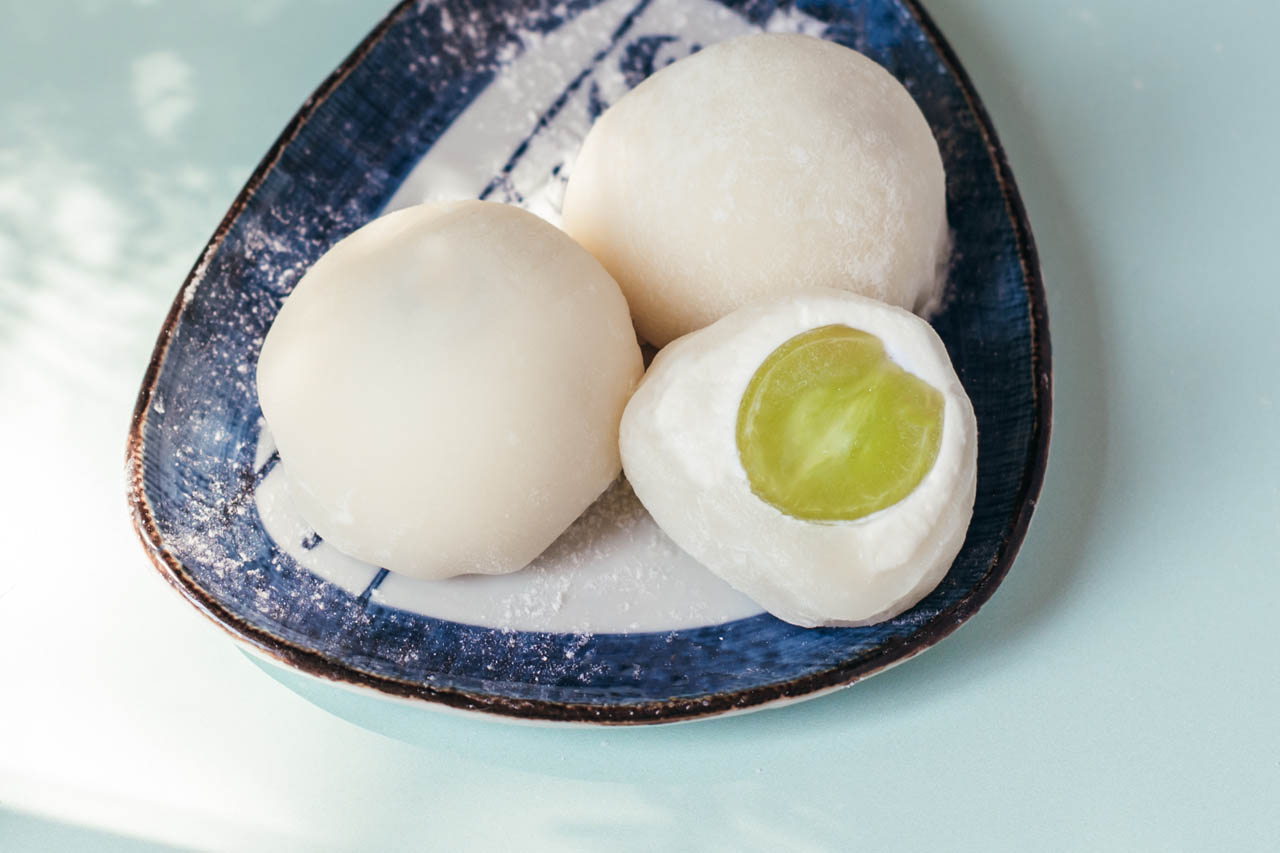
Modern Innovations: Mochi in the Contemporary Kitchen
While the time-honored methods endure in rural communities and during special gatherings, modern life has shaped new ways of enjoying Mochi. Today, specialized appliances and accessible store-bought Mochi allow families and guests at Yoshida Hotel to experience this delicacy with ease. Frozen, baked, skewered, or pan-fried—Mochi’s adaptability has ensured its popularity remains unchallenged, delighting new generations across Japan and the globe.
Mochi and the Japanese Senses: Experiencing Texture, Taste, and Time
The Sensual Poetry of Mochi: Why Texture Matters
Japanese cuisine is revered for its attention to harmony, balance, and seasonal sensibility. Nowhere are these qualities more pronounced than in the world of Mochi. The texture—soft, yielding yet satisfyingly chewy—creates a tactile experience treasured by Japanese diners. The sensation even has a word: “mochimochi,” denoting an ideal balance of stretchiness, smoothness, and a subtle bounce that sets Mochi apart from any other confection.
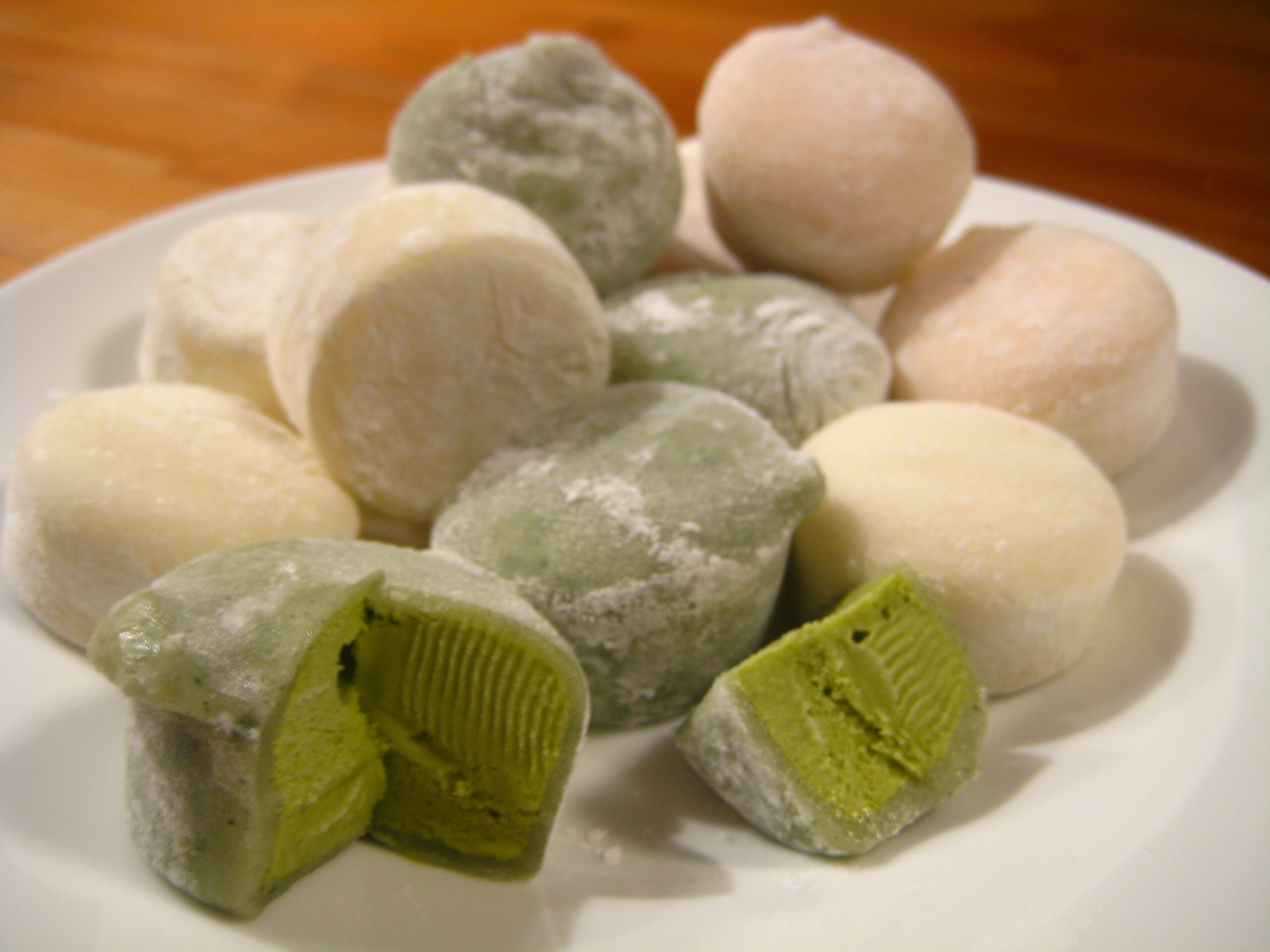
Savor the Seasonal Joy: Mochi’s Role through the Year
The Japanese calendar is punctuated by rituals and celebrations, and throughout them all, Mochi endures as a joyful constant. From spring’s Sakura Mochi, tinted delicate pink and redolent of cherry blossoms, to autumn’s Kuri Mochi, infused with roasted chestnuts, each season offers new incarnations and flavors.
For guests at Yoshida Hotel, sampling seasonal Mochi becomes an enchanting ritual—one that captures the fleeting beauty of each time of year and fosters a deeper connection with the rhythms of Japanese life.
Mochi Through the Eyes of a Traveler: Culinary Adventure Awaits
Journeying Beyond the Familiar: Why Mochi Is a Must-Try
Travelers to Japan often seek experiences beyond the ordinary. For the curious palate, Mochi stands as an essential gateway to understanding Japanese culture. This unassuming rice cake bridges the gap between daily comfort food and ceremonial delicacy, between ancient custom and dynamic reinvention. At Yoshida Hotel, our commitment is not just to hospitality, but to enriching each guest’s stay with the taste and textures that turn moments into memories.
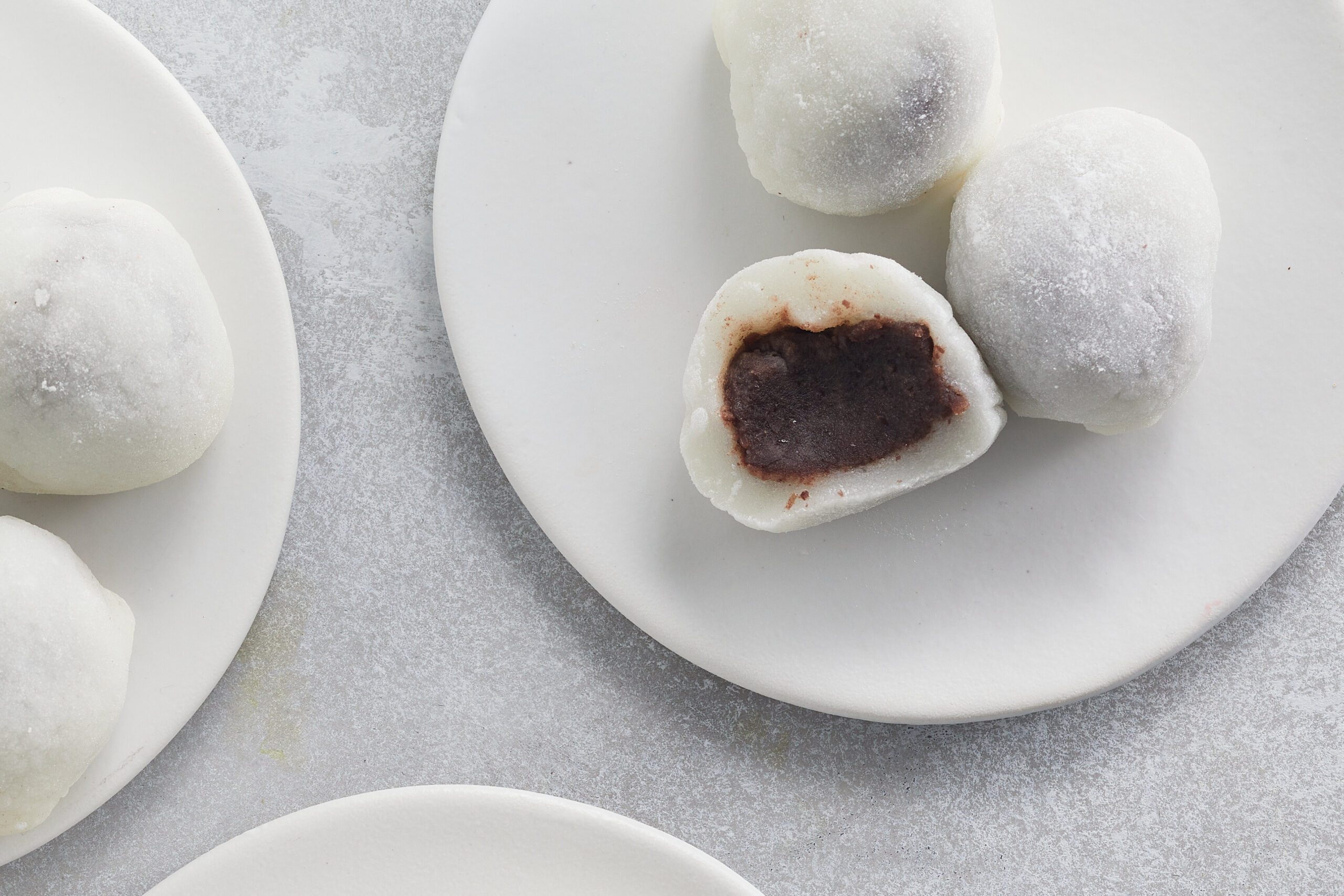
Where to Find Authentic Mochi in Japan
While supermarkets and street stalls across the country offer ready-to-eat Mochi all year round, the most memorable Mochi encounters often happen in small, family-run shops, at temple markets, or amid the vibrant bustle of matsuri (festivals). For those keen on authenticity, ask local experts or the staff at Yoshida Hotel for recommendations—hidden gems await those who explore off the beaten path.
Health Benefits and Nutritional Insights of Mochi
The Ingredients Behind Mochi’s Magic
At its core, traditional Mochi contains simple, wholesome components: glutinous rice and water. Modern variations may introduce sugar, matcha, red bean paste, and fruit, but the foundation remains nourishing and naturally gluten-free.
Rich in complex carbohydrates and low in fat, Mochi provides a quick energy boost, making it an ideal choice for travelers on the go or festival-goers in need of sustenance. Its neutral, pure flavor also serves as a canvas for both sweet and savory pairings—a testament to its culinary flexibility.
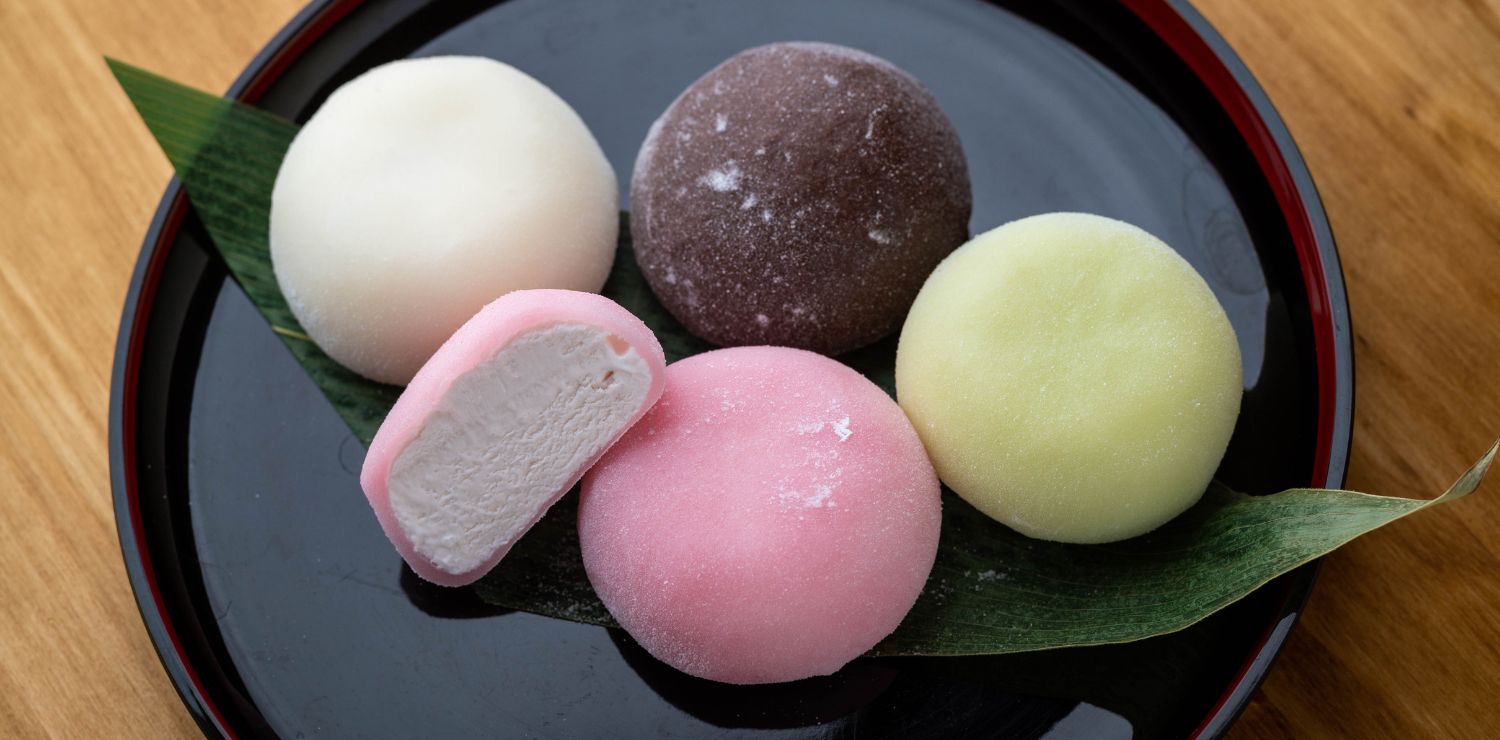
Mochi and Mindfulness: Eating with Intention
Japanese dining philosophy is rooted in awareness and appreciation. Eating Mochi slowly, savoring its yielding texture and subtle sweetness, cultivates mindfulness and present-moment awareness. This approach enhances not only the enjoyment of food, but also enriches the travel experience with deeper cultural resonance.
Mochi in Modern Japan: Fusion, Innovation, and Global Appeal
The Evolution of Mochi: From Tradition to Trend
In today’s Japan, Mochi continues to evolve. Whether incorporated into Western-style desserts, like “Mochi ice cream,” or paired with unexpected flavors such as chocolate, coffee, or tropical fruits, Mochi’s inherent adaptability ensures its continued relevance and intrigue.
Innovative patisseries, fusion restaurants, and even high-end hotels (including Yoshida Hotel) take pride in featuring Mochi on their menus, introducing it to international clientele, and sparking new culinary trends.

Mochi Goes Global: Why the World Loves This Japanese Delight
As Japanese cuisine has surged in global popularity, Mochi has become a well-loved ambassador, charming food lovers from Los Angeles to London. In cities worldwide, specialty shops offer inventive twists on traditional Mochi, merging global flavors with signature Japanese craftsmanship.
The magic of Mochi lies in its ability to remain utterly Japanese while embracing multicultural influences—a universal treat that fosters connection and conversation.
Mastering the Art of Pairing: Mochi with Japanese Beverages
Traditional Companions: Tea and Mochi
Pairing Mochi with green tea is a centuries-old Japanese ritual. The earthy, astringent notes of matcha or sencha perfectly counterbalance Mochi’s gentle sweetness, creating a harmony that elevates both elements. At Yoshida Hotel, guests are encouraged to join a traditional tea ceremony, where Mochi is served in harmony with hand-whisked matcha, deepening appreciation for the synergy of flavors and aesthetics.
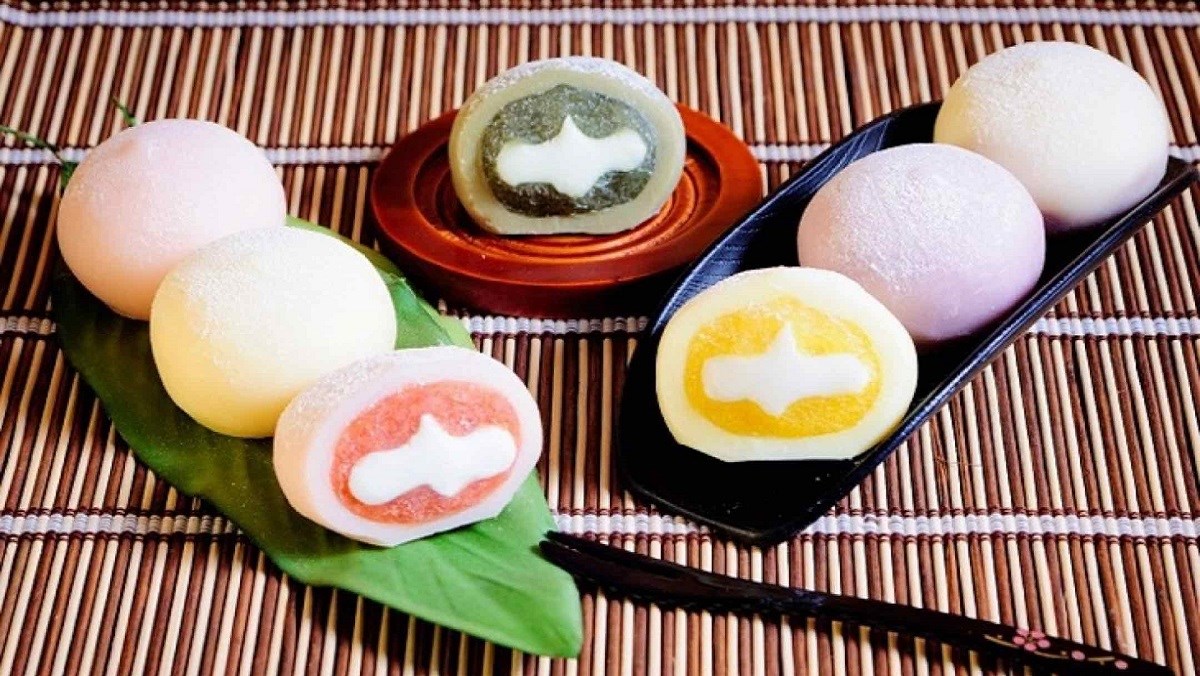
Exploring New Pairings: Modern Drinks, Timeless Treat
Adventurous palates are exploring Mochi with contemporary Japanese beverages, from sparkling yuzu cocktails to cold-brewed hojicha or even craft sake. This playful experimentation reflects the open-minded spirit of Japanese hospitality, which Yoshida Hotel celebrates and shares with each visiting guest.
Step-by-Step: How to Enjoy Mochi Like a Local
The Etiquette of Eating Mochi
Eating Mochi is an art in itself, with subtle gestures and etiquette that reflect the values of Japanese dining culture. Mochi is typically presented in bite-sized portions, designed to be enjoyed slowly, savoring each chew. In tea ceremonies, guests are taught to pause, appreciate the presentation, and express gratitude before savoring each bite.

Mochi Taboos and Safety Tips
Because of its sticky texture, Mochi should always be eaten mindfully and in small bites—especially by children and elderly guests. At Yoshida Hotel, staff provide friendly guidance on how to enjoy Mochi safely, ensuring not only a delicious meal, but also peace of mind.
The Soul of Japanese Hospitality: Sharing Mochi at Yoshida Hotel
Why Mochi Holds a Special Place in Our Story
Mochi is more than a delicacy—it is a language of care and generosity, qualities at the core of Yoshida Hotel’s hospitality philosophy. By introducing our guests to Mochi, we offer more than a taste of Japanese cuisine; we invite you into an ongoing cultural dialogue, rich with tradition, innovation, and genuine connection.
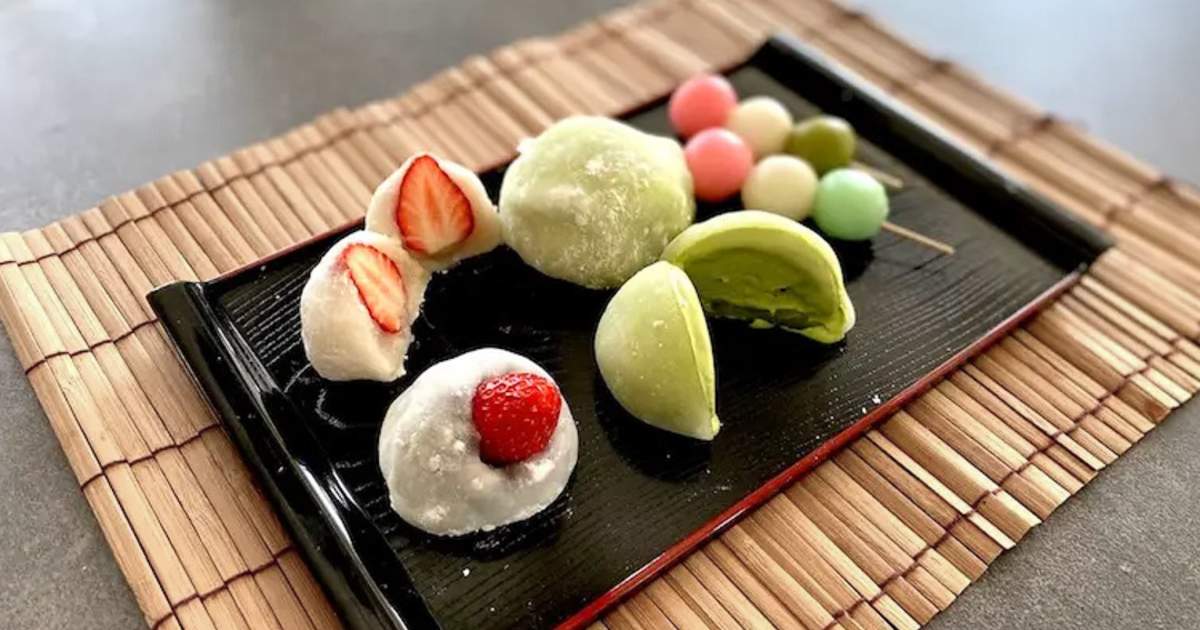
Beyond the Table: Mochi as a Symbol of Welcome
In Japanese tradition, Mochi is often given as a gift—a symbol of goodwill and enduring relationships. At Yoshida Hotel, sharing the story and flavor of Mochi is our way of extending that same spirit to our guests, crafting experiences that linger long after the last bite.
Conclusion
The journey through Japan’s culinary landscape is incomplete without savoring Mochi, the iconic treat celebrated for its history, texture, and remarkable versatility. At Yoshida Hotel, we are delighted to guide you through the enchanting world of Mochi—from its ancient rituals to its modern reinventions. Whether you are a first-time visitor or a seasoned gastronome, the joy of Mochi is an experience to be cherished and shared.
Join Yoshida Hotel and discover how the story of “Mochi” can become an unforgettable part of your own travel narrative.
Details
Namistay chain hotel
- 61-63 Hoang Ke Viem, Bac My Phu, Ngu Hanh Son, Da Nang, Vietnam
- Hotline: 0905 432 992
- Lot 45 An Thuong 29, Bac My Phu, Ngu Hanh Son, Da Nang, Vietnam
- Hotline: 0977 455 546
- 42 An Thuong 26 Street, Bac My Phu, Ngu Hanh Son, Da Nang, Vietnam
- Hotline: 0965 442 842

